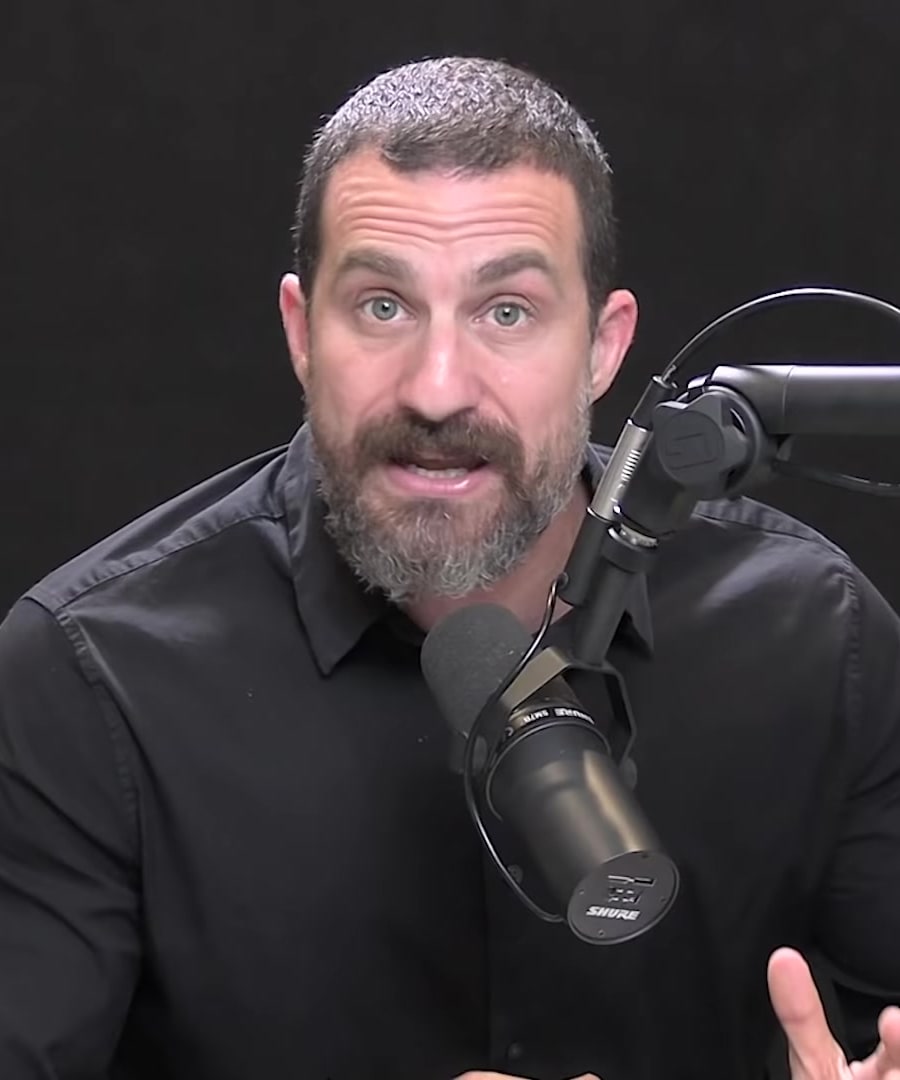Goals
Sources:
Setting and achieving goals is a process underpinned by neural circuits common to both humans and animals. holds that goal setting and pursuit involve the same neural structures regardless of the goal's nature, be it fitness, academic, work-related, or even relaxation. Key strategies for setting and achieving goals from include:
-
Choosing What Goals to Pursue: One should focus on one priority at a time, as attempting too many goals simultaneously can result in failing all of them. Set one priority which reflects your values, motivation, and resources 1.
-
Goal Selection: Prioritize a single goal to increase the likelihood of success. Acknowledge that while multiple goals may exist, defining the main goal is paramount 1.
-
Defining and Quantifying Goals: It's necessary to define and measure your goals, whether they're easily quantifiable (like running a specific distance in a set time) or more subjective (like learning conversational French). Milestones and measurable actions across time frames facilitate progress tracking 2.
-
Measuring Progress: Establish concrete milestones to assess your progress towards your ultimate goal and use regular intervals to review and reward progress. Harnessing attention and focusing on particular points can help remove distractions 3.
-
Maintaining Motivation: Understand that motivation and focus follow natural circadian rhythms, independent of one's personal drive or fear of failure 4.
-
Initiating Goal Pursuit: To begin, clearly identify the overarching goal, the required milestones, and the reward schedule 5.
-
Protocol Implementation: Implement protocols based on the biology of goal setting and pursuit—such as considering the specificity of the goal, selecting the best one to pursue, the ways to initiate and maintain goal pursuit, and the post-goal analysis 6.
These insights are integrated from various episodes and guests that have been featured on the , focusing on synthesizing neuroscience, psychology, and well-researched practices into actionable advice.
-
What is the total of parameters you operate with?
Sources:
When considering the various strategies and information discussed by in , multiple parameters are involved. Here are parameters typically highlighted:
- Motivation: Refers to the internal drive to accomplish a specific goal.
- Goal Selection: The process of selecting the most important goal to focus on at a given time.
- Defining and Quantifying Goals: Setting specific, measurable targets.
- Measuring Progress: Establishing milestones to track progress.
- Maintaining Motivation: Understanding how natural rhythms and habits influence motivation.
- Initiating Goal Pursuit: Identifying steps and schedules for starting a goal.
These parameters encompass various aspects of the neuroscience and psychology behind goal setting and pursuit as researched and explained by in his episodes and discussions on the 1 2 3.
RELATED QUESTIONS
Goals
What is the total of parameters you operate with?
- RELATED QUESTIONS








